Daylily Weed Control: Tips For Controlling Daylilies In The Garden
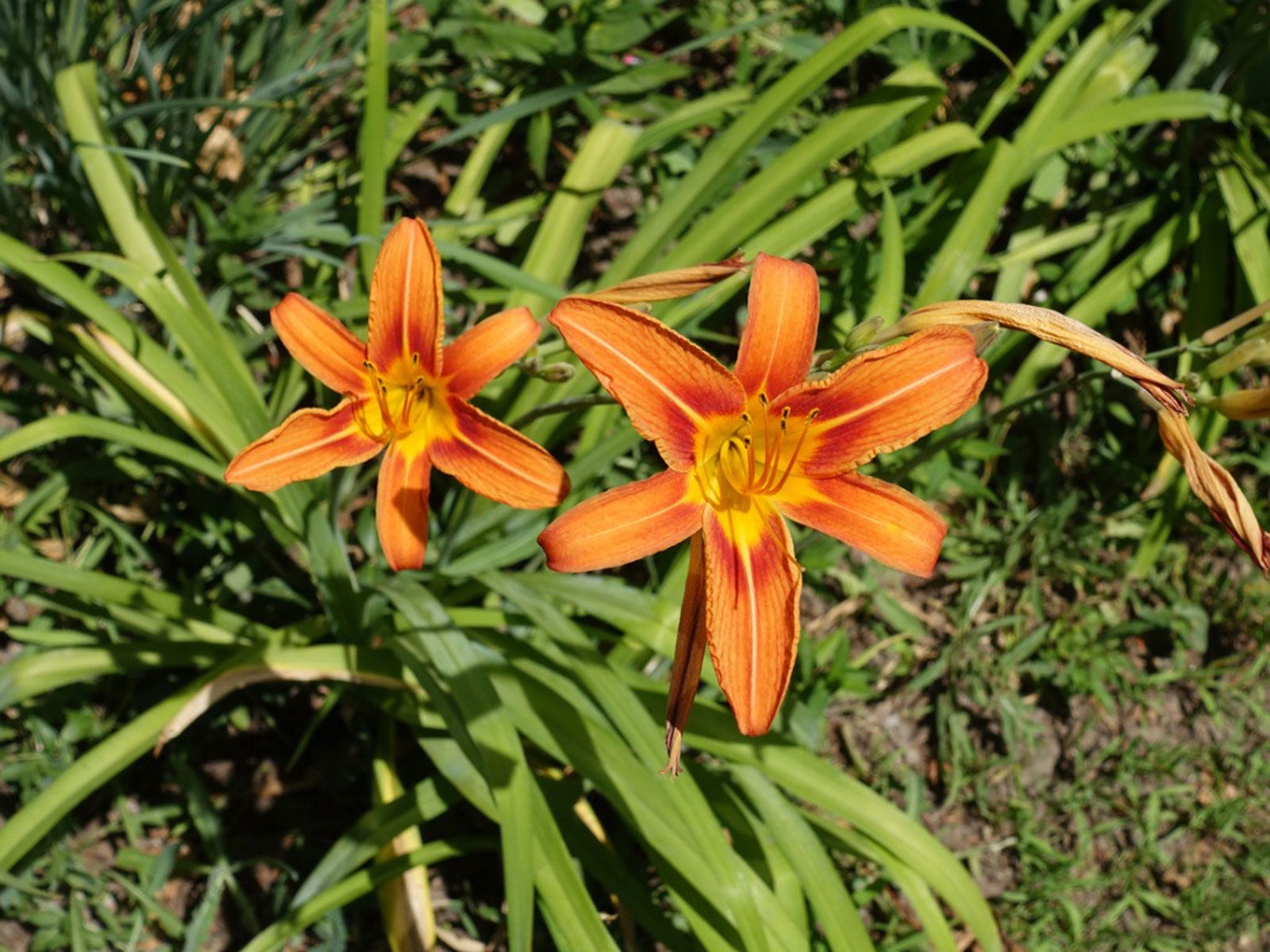

The orange flowers of the common orange daylily brighten up ditches and old farmsteads across the country, where they were once planted by fanciers in droves. These nineteenth century gardeners didn't realize how aggressively their orange flowers would grow, or that one day daylily weed control would be a serious pursuit. If you've got a daylily problem, you've come to the right place. Read on for tips on controlling daylilies.
Are Daylily Plants Invasive?
Common orange daylilies (Hemerocallis fulva), also known as ditch lilies or tiger lilies, are extremely invasive and hard to kill once established, but unlike many garden favorites, these daylilies don't need special care to get established, or possibly any care whatsoever. They may spread from a stand started long ago, or from tubers pulled out of other gardens and tossed on the ground in your garden. Many gardeners find their daylily is out of control and panic, but pulling them takes patience; these are not your typical landscape plants. Although orange daylilies are usually the problem plants, hybrid daylilies have the potential to run amok as well through self seeding, so take care if you replace your orange daylilies with these hybrids. Installing a barrier well ahead of planting season and harvesting any seedpods that may develop on your hybrid daylilies can save lots of headaches down the line. When you're dealing with daylilies, you're working with something that behaves just like a perennial weed. They emerge from tubers in the soil and your control efforts must take this behavior into account to be successful.
How to Get Rid of Daylilies
Depending on the size of your daylily problem, you may be able to dig them out by hand and discard them in plastic bags. Make sure to carefully comb the soil of all the little bits of root or tubers and tightly seal the bags you're using for disposal. These plants can easily grow back from sections of root; improper disposal will create a headache for someone else. Some gardeners have had good luck mowing down daylilies and then smothering them with thick layers of mulch. Apply 4 to 6 inches (10-15 cm.) over the daylily stand, but be prepared to fight with them through the season. Like any perennial weed, the daylilies will continue to try to send new growth up through the mulch. You may need to apply more mulch if any green parts make it through your mulch barrier. Adding a thick layer of newspaper and watering it well before installing the mulch will give the daylilies an even greater challenge. A systemic weed killer, applied carefully, can be used to destroy daylilies if they're not close to anything you'd prefer not to kill. This type of non-selective herbicide will destroy anything that it coats, including daylilies and your favorite rose bush, so wait for a calm, hot day to hit the daylily stand. Coat the unwanted plants liberally, but don't allow the herbicide to drip onto the ground or nearby plants. It can take up to two weeks to see results, but if any daylilies still look healthy, respray them at this time. Note: Chemical control should only be used as a last resort, as organic approaches are safer and much more environmentally friendly.
Gardening tips, videos, info and more delivered right to your inbox!
Sign up for the Gardening Know How newsletter today and receive a free copy of our e-book "How to Grow Delicious Tomatoes".

Kristi Waterworth was a regular contributor to Gardening Know How for many years, answering countless queries on plant pests and diseases.
-
 Looking For Plants To Give You The Soft And Fuzzies? Try These 5 Fuzzy Leaf Plant Options
Looking For Plants To Give You The Soft And Fuzzies? Try These 5 Fuzzy Leaf Plant OptionsLovers of texture, drama, silver foliage and tactile plants will adore these special sensory garden additions. These fuzzy leaf plant options will leave you all aglow
By Susan Albert
-
 Get Ready For A Summer Of Hummers! Grow These Full Sun Hummingbird Plants and Flowers
Get Ready For A Summer Of Hummers! Grow These Full Sun Hummingbird Plants and FlowersIf you’re lucky enough to enjoy a sunny backyard, make sure you are maxing out on your pollinator opportunities and grow these full sun hummingbird plants and flowers
By Tonya Barnett
-
 Are Daylilies Edible - Can I Eat Daylilies
Are Daylilies Edible - Can I Eat DayliliesDaylilies are easy to grow and produce fantastic blooms. Their laissez faire nature and hardiness make them ideal landscaping plants. If you are a garden grazer, you may wonder, "can I eat daylilies?" And if they are, which daylilies are edible? The wonderful answer is contained below.
By Bonnie L. Grant
-
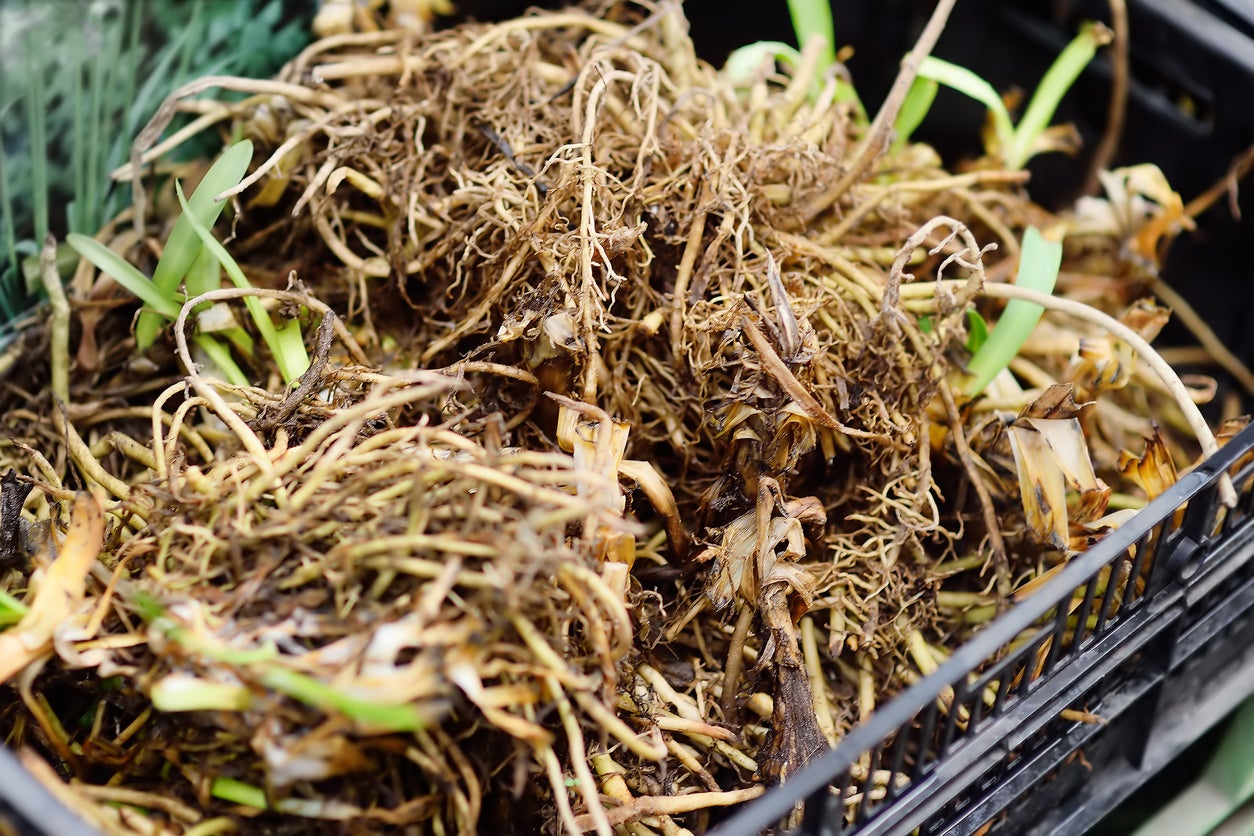 Daylily Tuber Winter Care – Learn About Overwintering Daylily Plants
Daylily Tuber Winter Care – Learn About Overwintering Daylily PlantsDaylilies are some of the toughest flowers around, but if you’re concerned about daylily plants in winter, digging and storing daylily tubers isn’t a bad idea, especially in climates north of USDA plant hardiness zone 5. Click this article to learn what to do with daylilies in winter.
By Mary H. Dyer
-
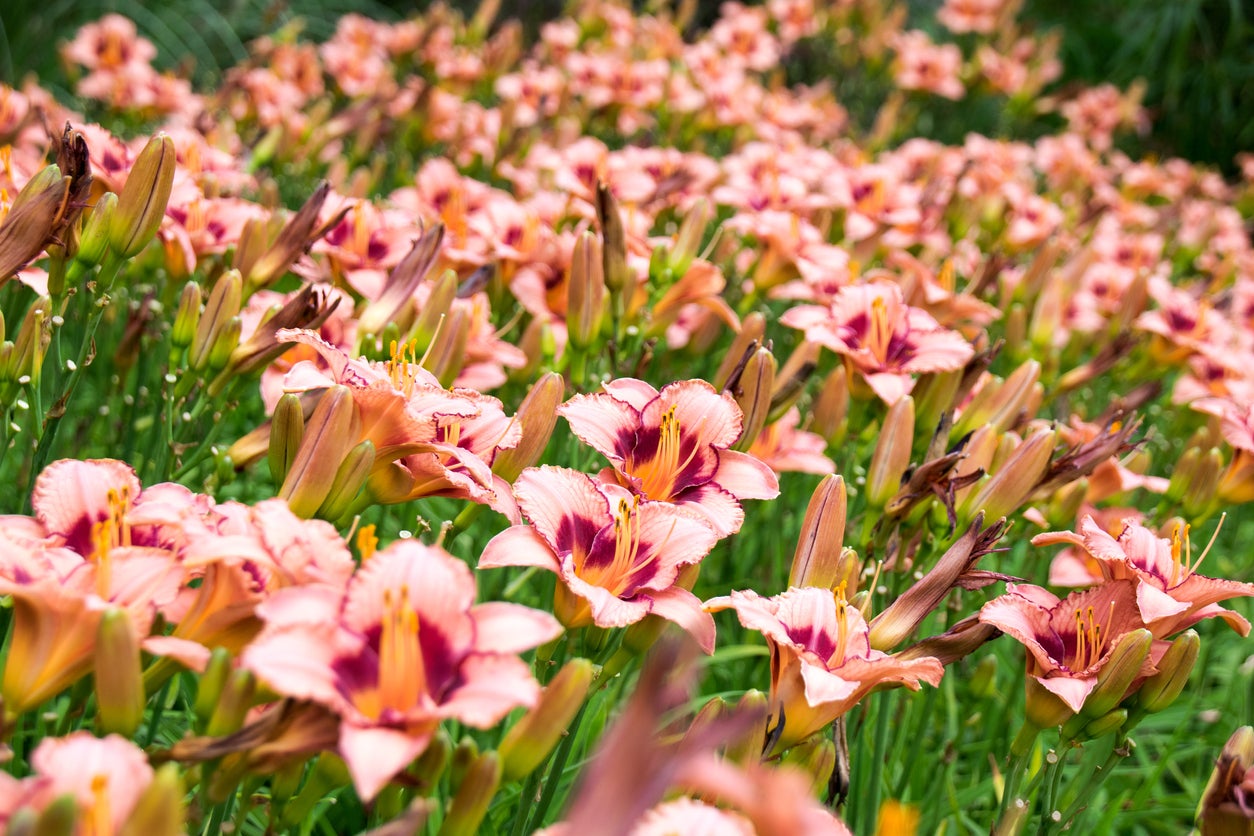 Daylily Division Guide: Learn How And When To Divide Daylilies
Daylily Division Guide: Learn How And When To Divide DayliliesDaylilies are pretty perennials with striking blooms, each of which only lasts for one day. They don’t require much care once established, but dividing daylilies should be done every few years to keep them healthy and blooming. Learn when and how to do this here.
By Mary Ellen Ellis
-
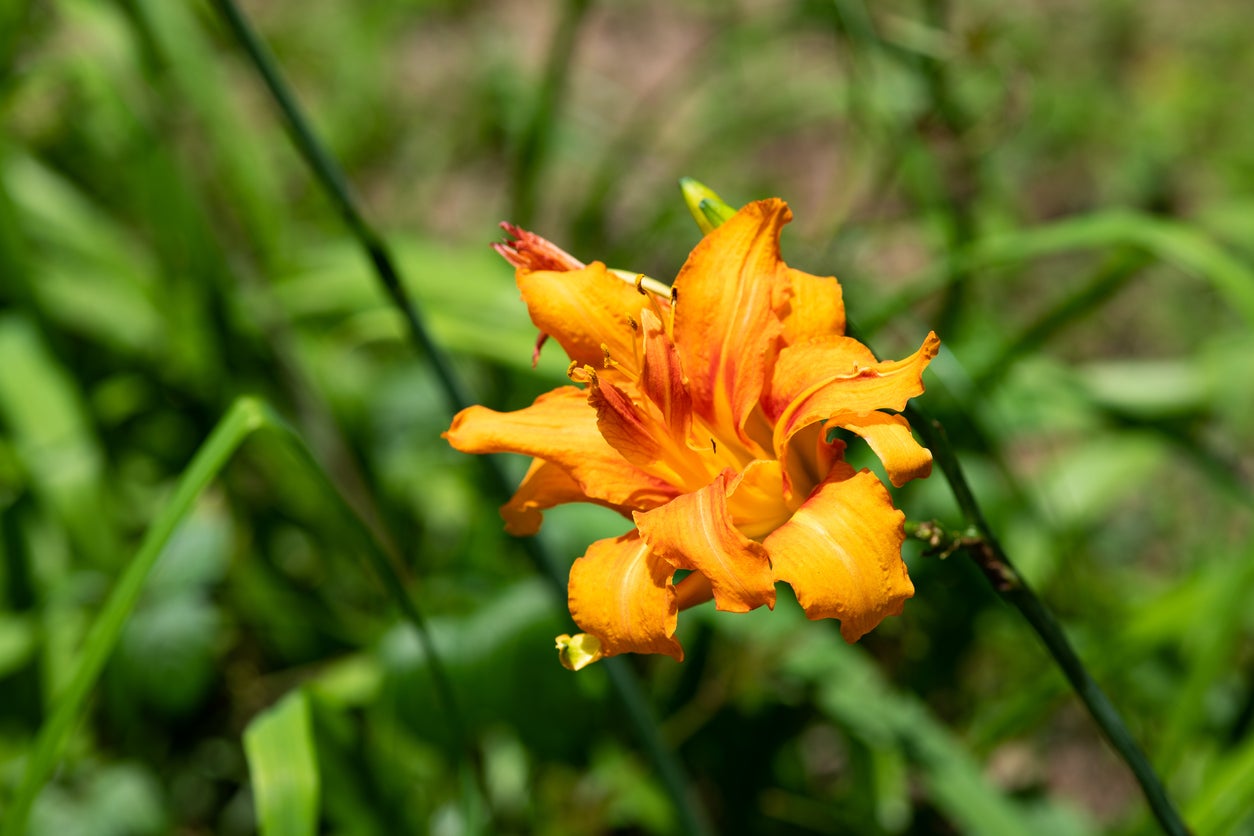 How And When To Cut Back Daylilies: Daylily Trimming Made Simple
How And When To Cut Back Daylilies: Daylily Trimming Made SimpleDaylily trimming after bloom time will keep these beauties tidy and disease-free. Trim the plants back after they bloom and before you divide them.
By Mary Ellen Ellis
-
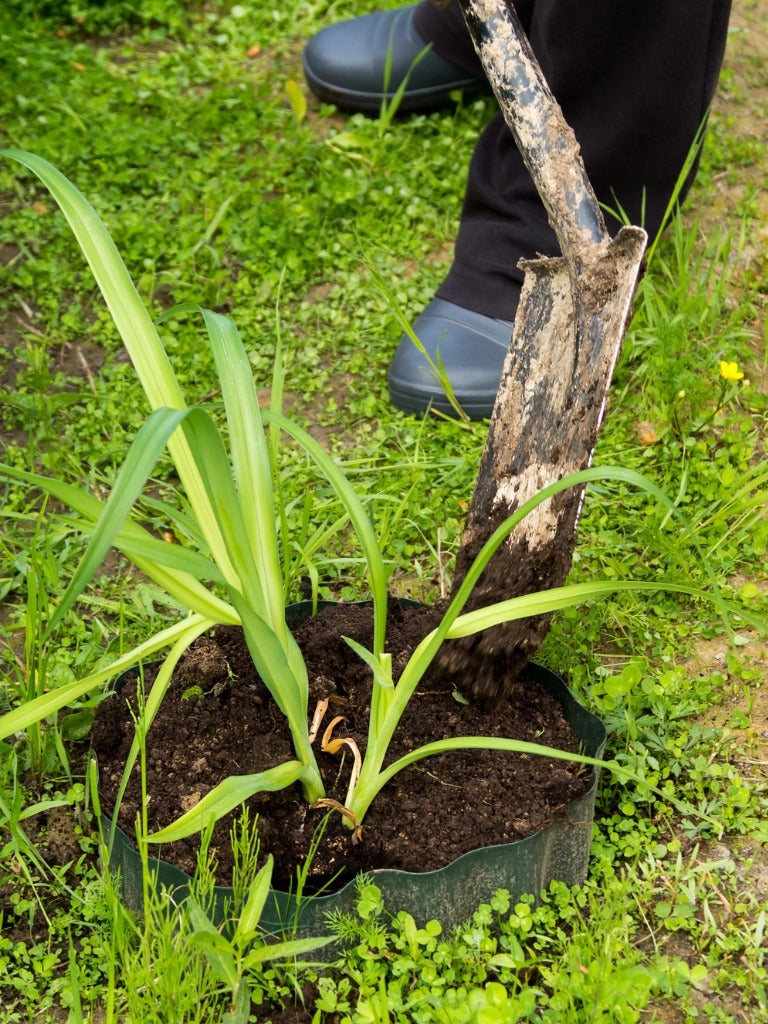 How To Transplant Daylilies: Learn About Moving Daylilies In The Garden
How To Transplant Daylilies: Learn About Moving Daylilies In The GardenDaylilies like to be divided every three to five years for optimal blooming. Moving and transplanting daylilies takes a little finesse. The following information on how and when to transplant daylilies will have you an old pro at dividing and moving daylilies in no time.
By Amy Grant
-
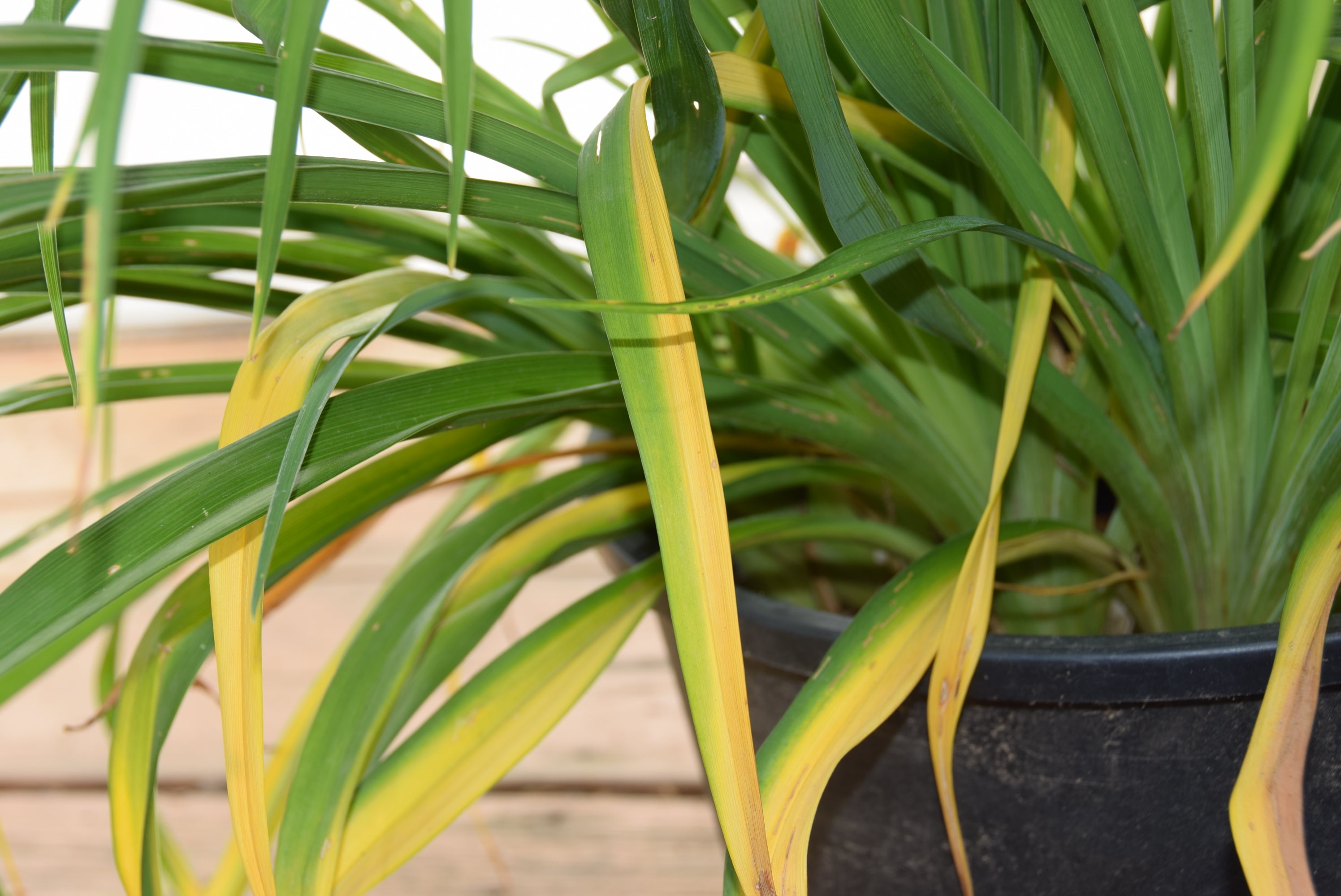 Streaks On Daylily Leaves: Learn About Daylily Leaf Streak Disease
Streaks On Daylily Leaves: Learn About Daylily Leaf Streak DiseaseDaylily plants are among one of the most popular perennial landscaping flowers. While robust, there are some issues that may cause these plants to struggle in the garden. Daylily leaf streak, for instance, can cause distress. Learn more about this disease here.
By Tonya Barnett
-
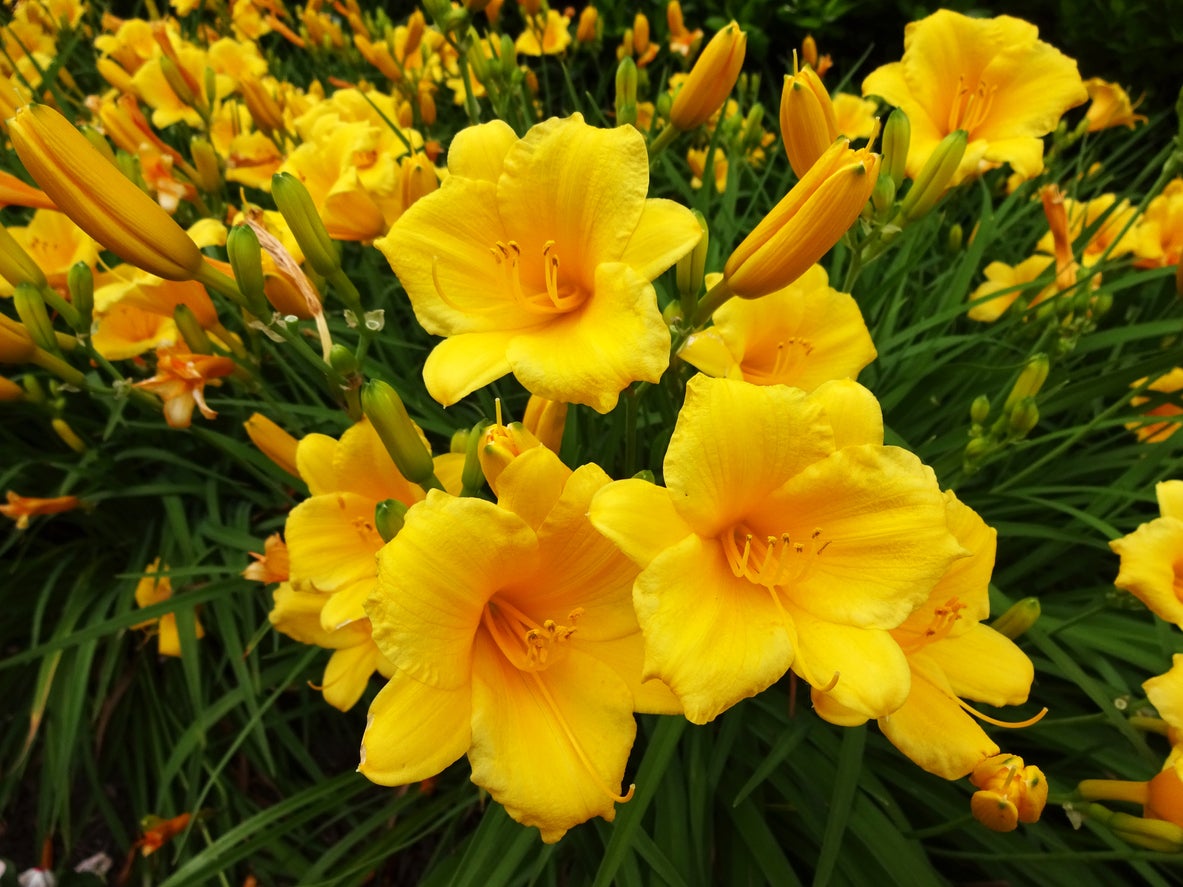 Deadheading Daylily Flowers: Is It Necessary To Deadhead Daylilies
Deadheading Daylily Flowers: Is It Necessary To Deadhead DayliliesThe daylily plant will only bloom for one day. Luckily, each plant produces multiple blooms that flower continuously, creating the beautiful display its growers have come to love. But what happens once the blooms fade? Is daylily deadheading necessary? Find out here.
By Tonya Barnett
-
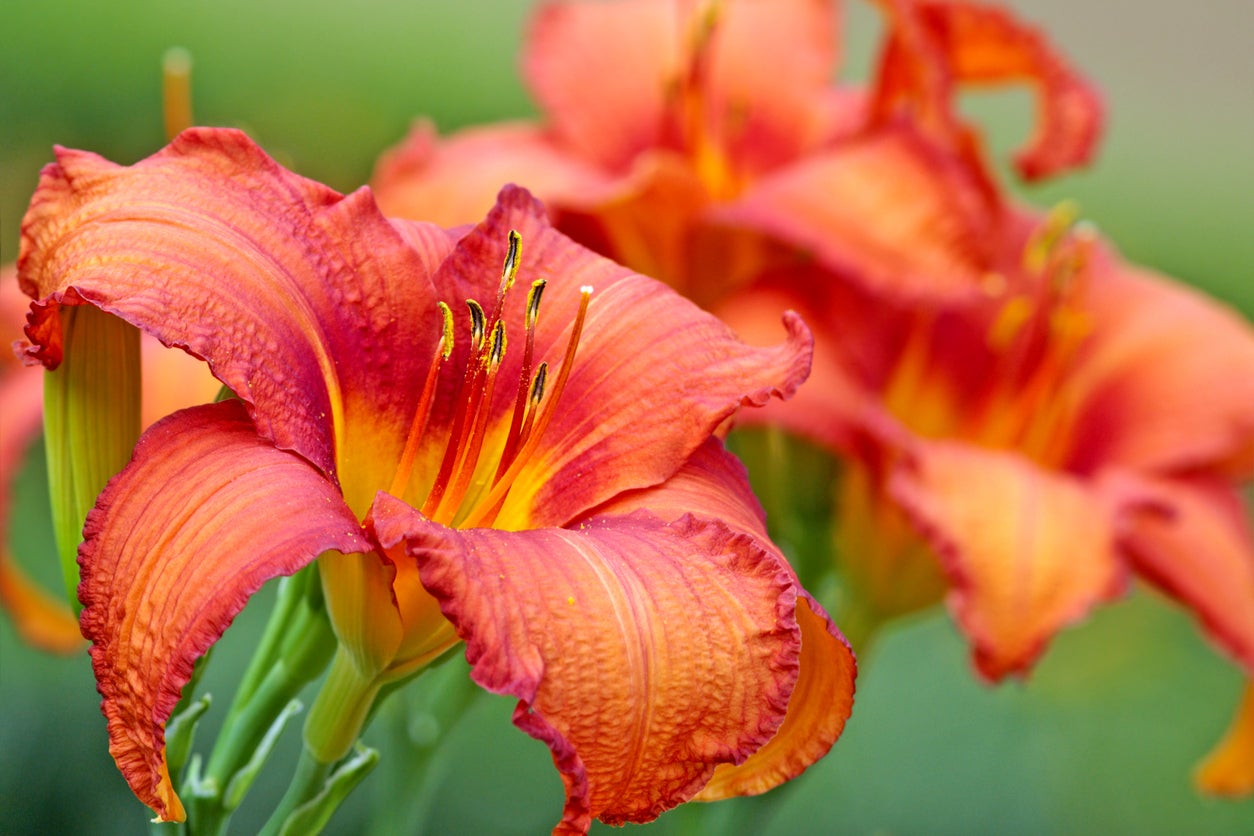 Daylily Fertilizer Needs – How To Fertilize Daylilies
Daylily Fertilizer Needs – How To Fertilize DayliliesDo you need to start fertilizing daylilies? That can depend on the soil. If the soil is poor, feeding these plants may help them to thrive. For more information on daylily food and tips on how to fertilize daylilies, simply click on the following article.
By Teo Spengler